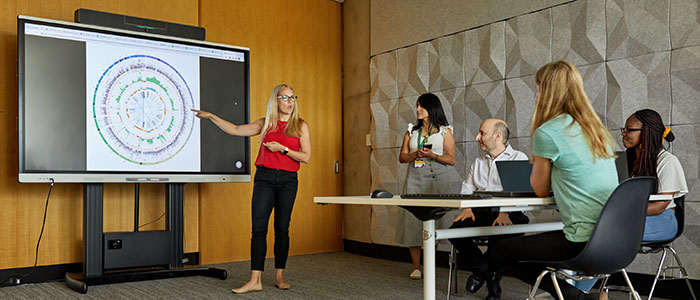It’s World Cancer Day on 4 February. This is a global event dedicated to awareness and prevention, and acts as a powerful reminder that we all have a role to play in reducing the impact of cancer.
This year for World Cancer Day, we shine a light on childhood cancer statistics and the story they tell.
Worldwide, there are 300,000+ new cases of childhood cancer each year
The global incidence of childhood cancer is not known for sure. Record-keeping is far from perfect… in fact, data on cancer incidence is not even collected in many countries. However, according to the World Health Organisation, more than 300,000 children and teenagers (0-19 year olds) worldwide get cancer each year.
The actual number, though, is probably much higher. A recent study [Lancet Oncol 2019; 20: 483–93] used modelling to calculate that in 2015, there were 397,000 cases worldwide of cancer in children aged 0-14 years. Of these, only 224,000 cases were diagnosed, meaning that more than 4 in 10 cases (43%) went undiagnosed.
The same study estimated that from 2015 to 2030 there will be 6 to 7 million cases of childhood cancer worldwide, with more than 90% of these occurring in low- and middle-income countries.


The incidence of cancer in children is rising
Research shows that the incidence of cancer in children is rising. An international study [Lancet Oncol 2017; 18: 719–31] showed that in 2001–2010, childhood cancer was 13% more common than in the 1980s. There are likely to be a number of reasons for this, including improvement in the detection of cancer.
In Australia, statistics published by the Australian Institute of Health and Welfare (AIHW) show that there were 1078 cases of cancer diagnosed in 0-19 year olds in 2015. In 2016, this increased to 1168 cases. The estimated incidence for 2020 is 1314 cases – that’s about 25 children per week.
Very young children and teenagers are the most at risk
The stats show that very young children – those under 5 years old – are diagnosed with cancer much more often than children aged 5-9 or 10-14 years.
AIHW statistics show that 348 children aged 0-4 years were diagnosed with cancer in Australia in 2016, compared with 185 children aged 5-9 years, and 209 children aged 10-14 years. The number of cases jumps again in the teenage years, with 426 cases diagnosed in 15-19 year olds.

Survival rates depend on where you live
According to the World Health Organisation, children with cancer in low- and middle-income countries are about four times more likely to die of the disease than children in high-income countries.
The overall 5-year survival rate of children and adolescents diagnosed with cancer is up around 80% in high-income countries such as Australia, where those who need it have access to the best available care. However, the vast majority of children with cancer live in low- and middle-income countries, where survival rates are drastically lower. Nobody knows the exact figure, but the Union for International Cancer Control suggests it is as low as 10% in some countries and no more than 30% in others.
Change is on the way
In 2018, the World Health Organisation (WHO) announced the WHO Global Initiative for Childhood Cancer, which aims to reach a minimum 60% survival rate for children with cancer by 2030. According to WHO, this target approximately doubles the global cure rate for children with cancer, saving an additional one million lives.
To achieve this, WHO is working to increase the capacity of countries to deliver quality services for children with cancer, and increase the prioritization of childhood cancer at global, regional and national levels.
Find out more about World Cancer Day at https://www.worldcancerday.org/












